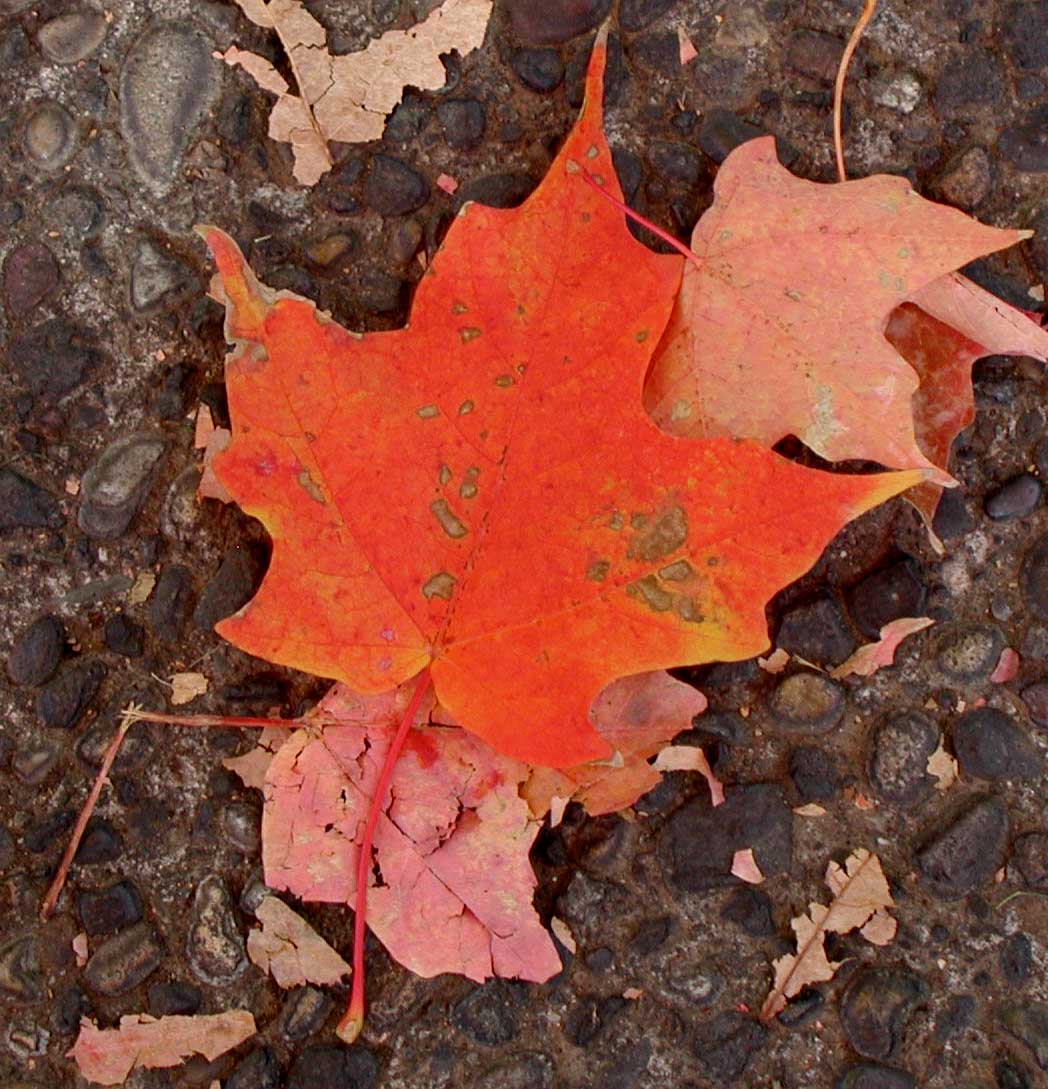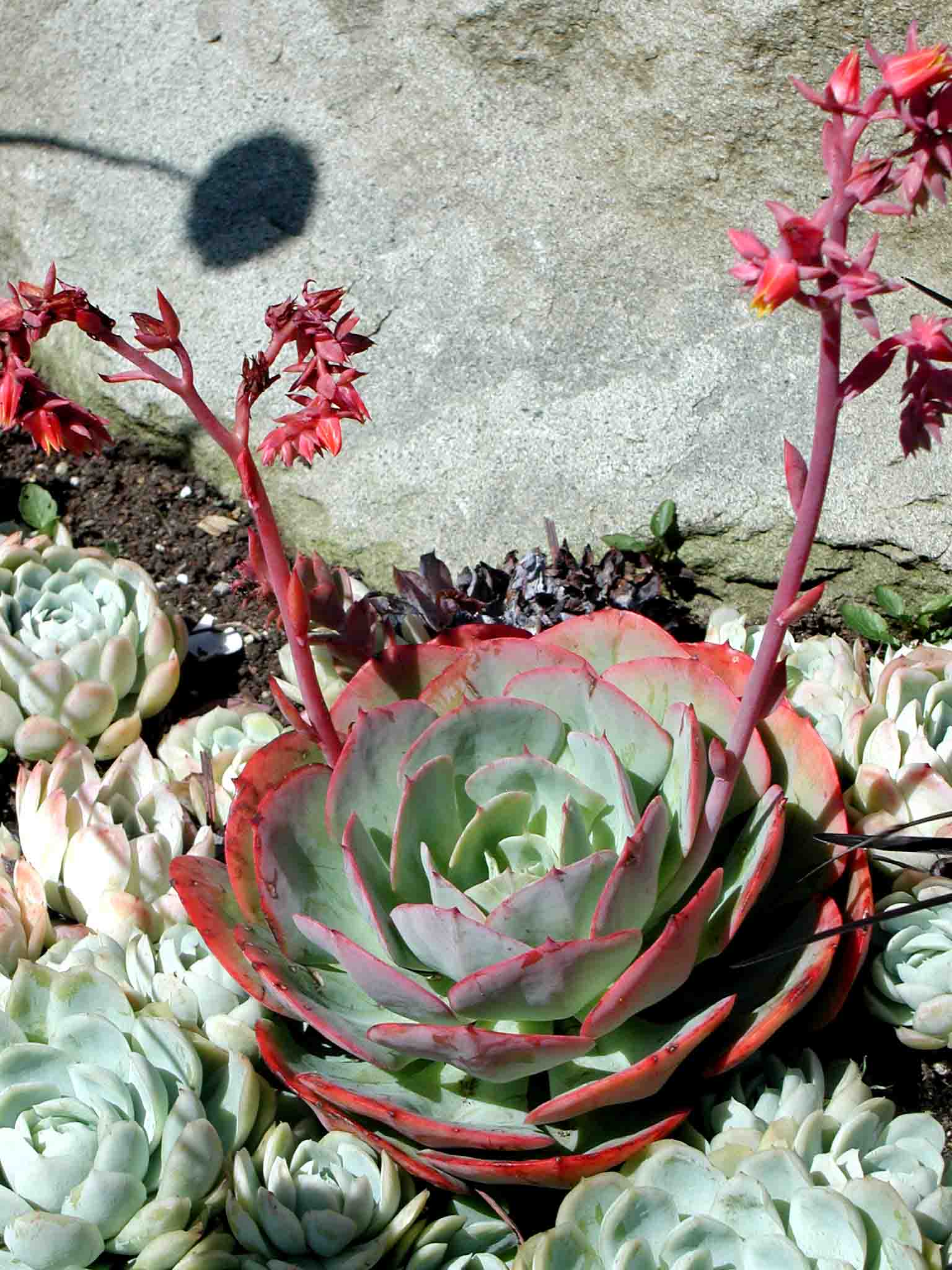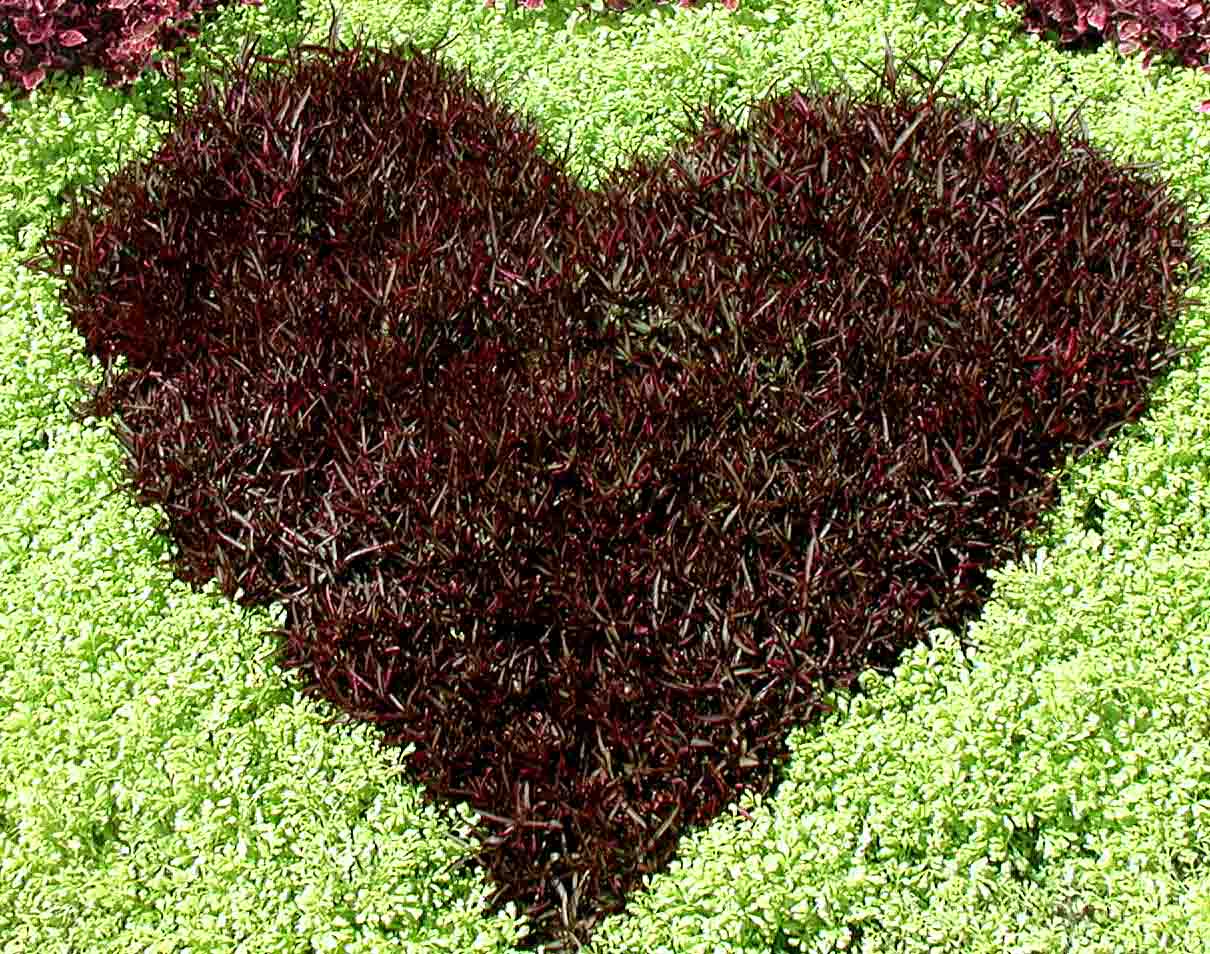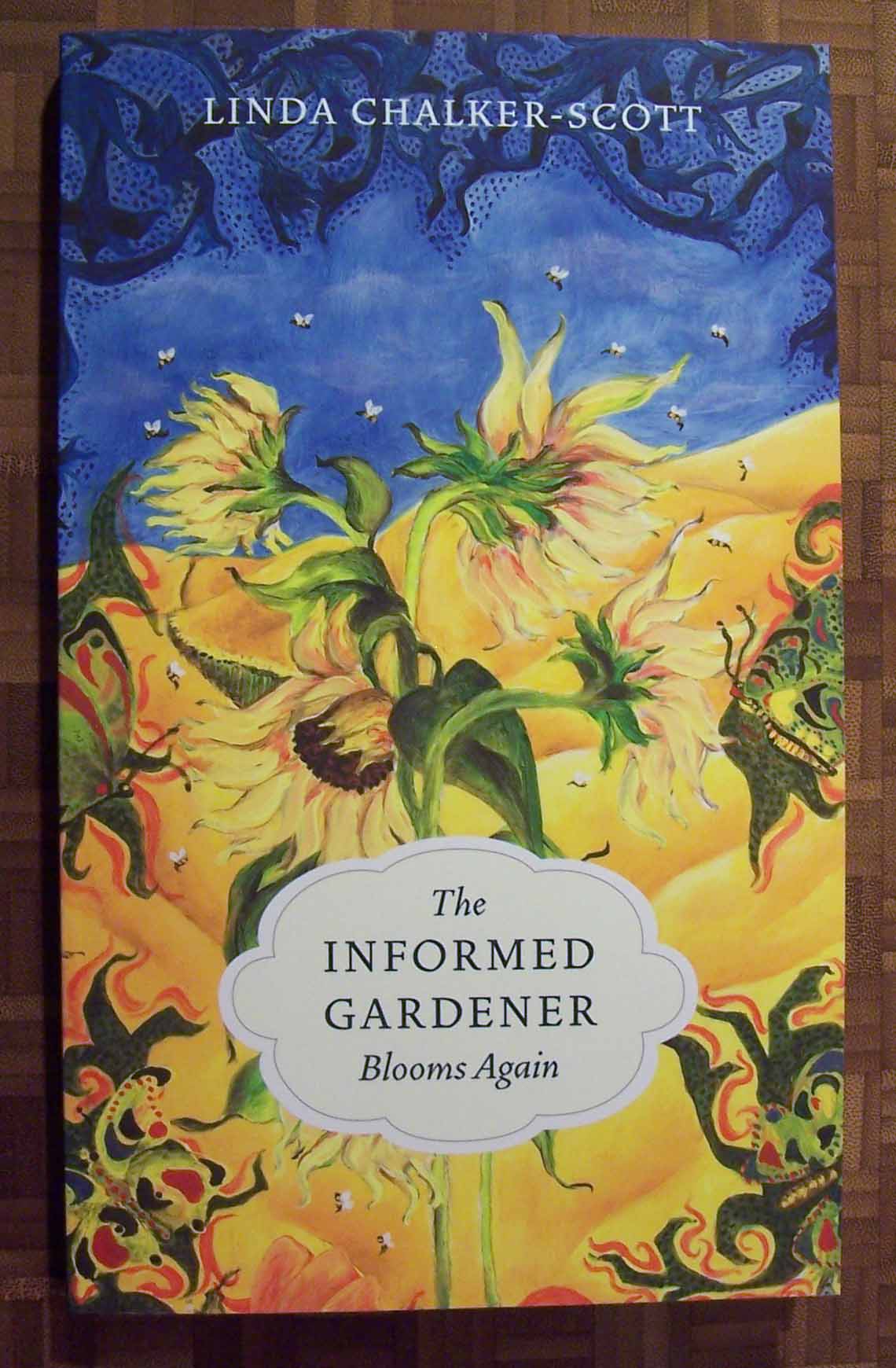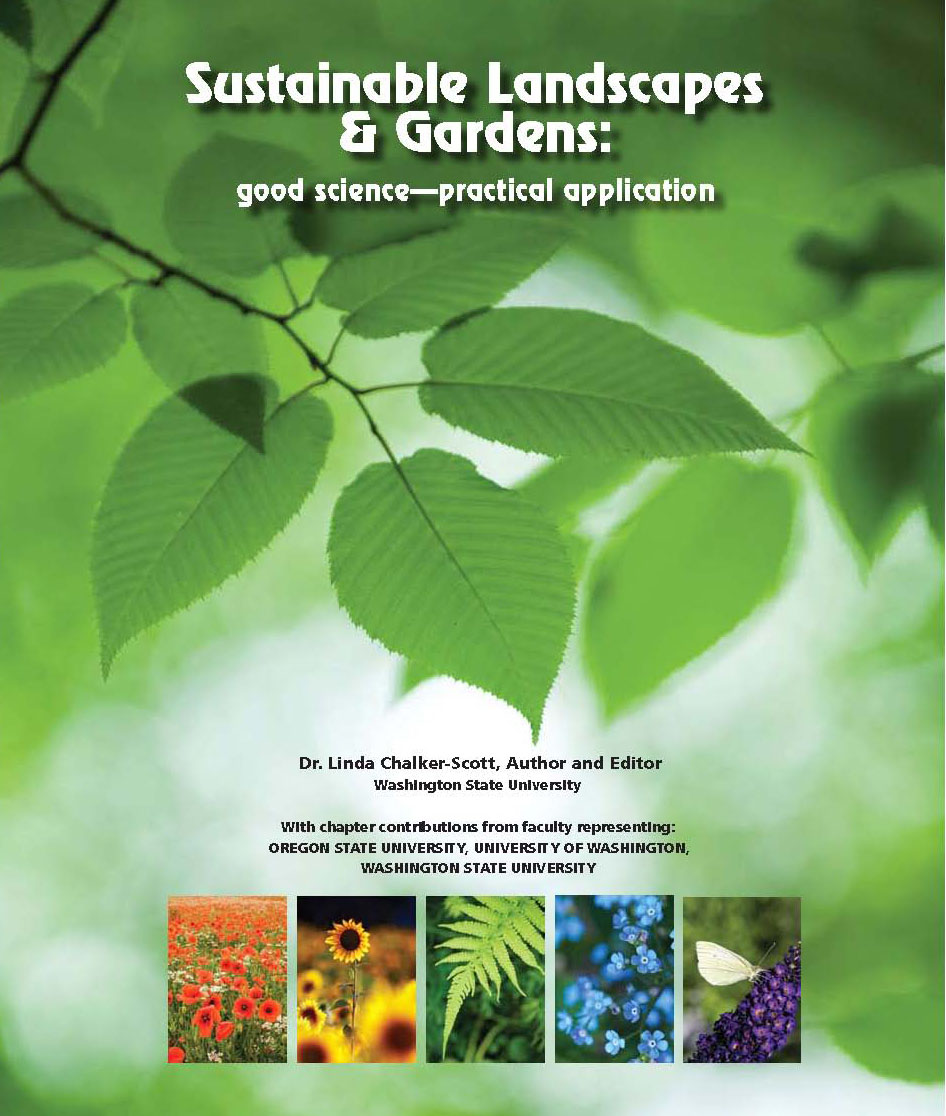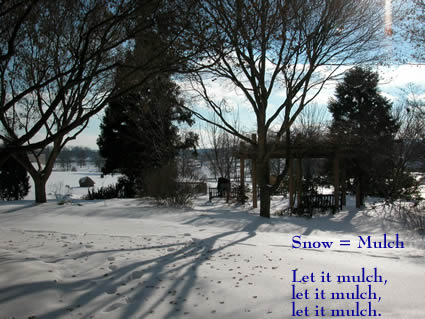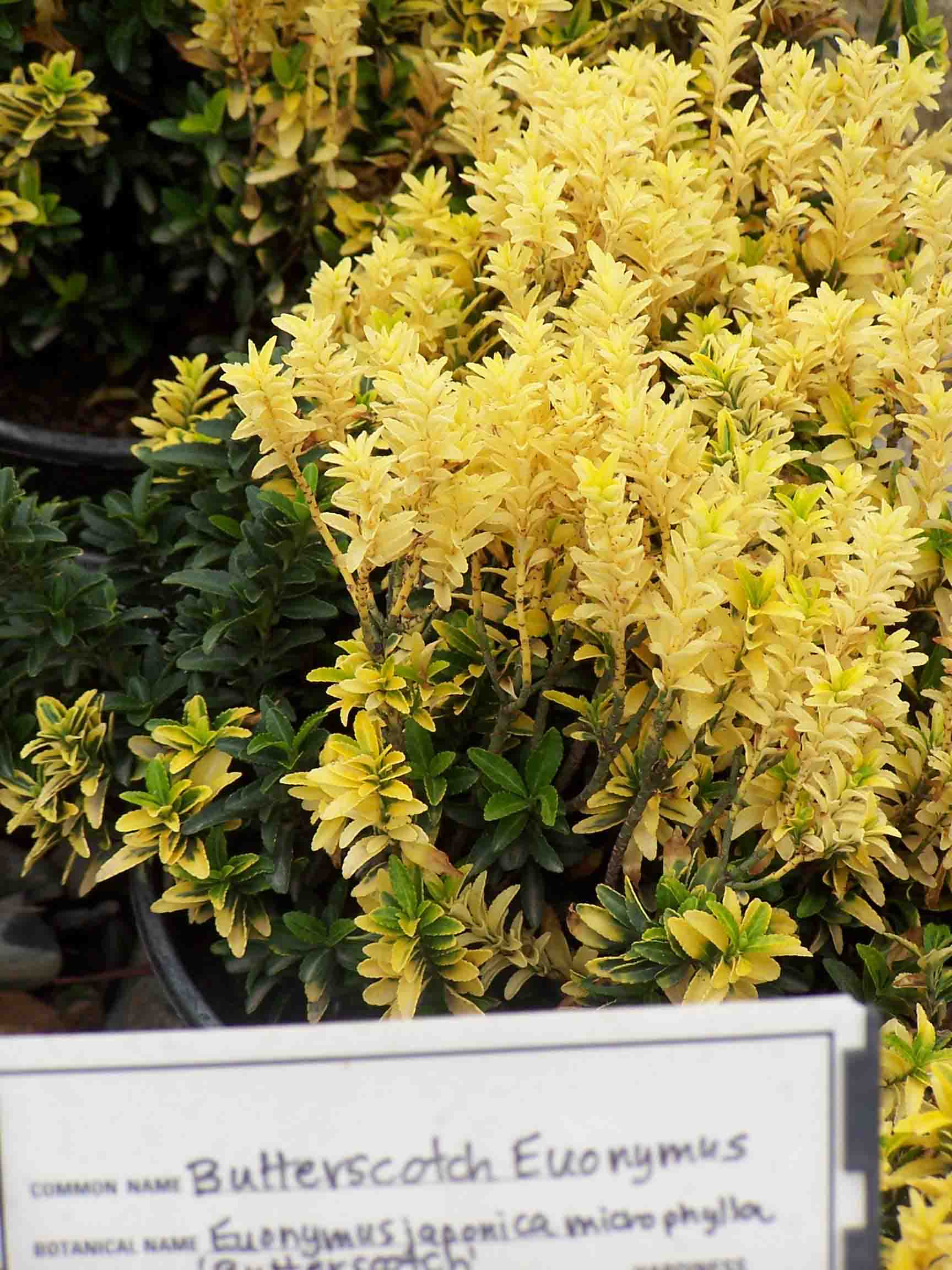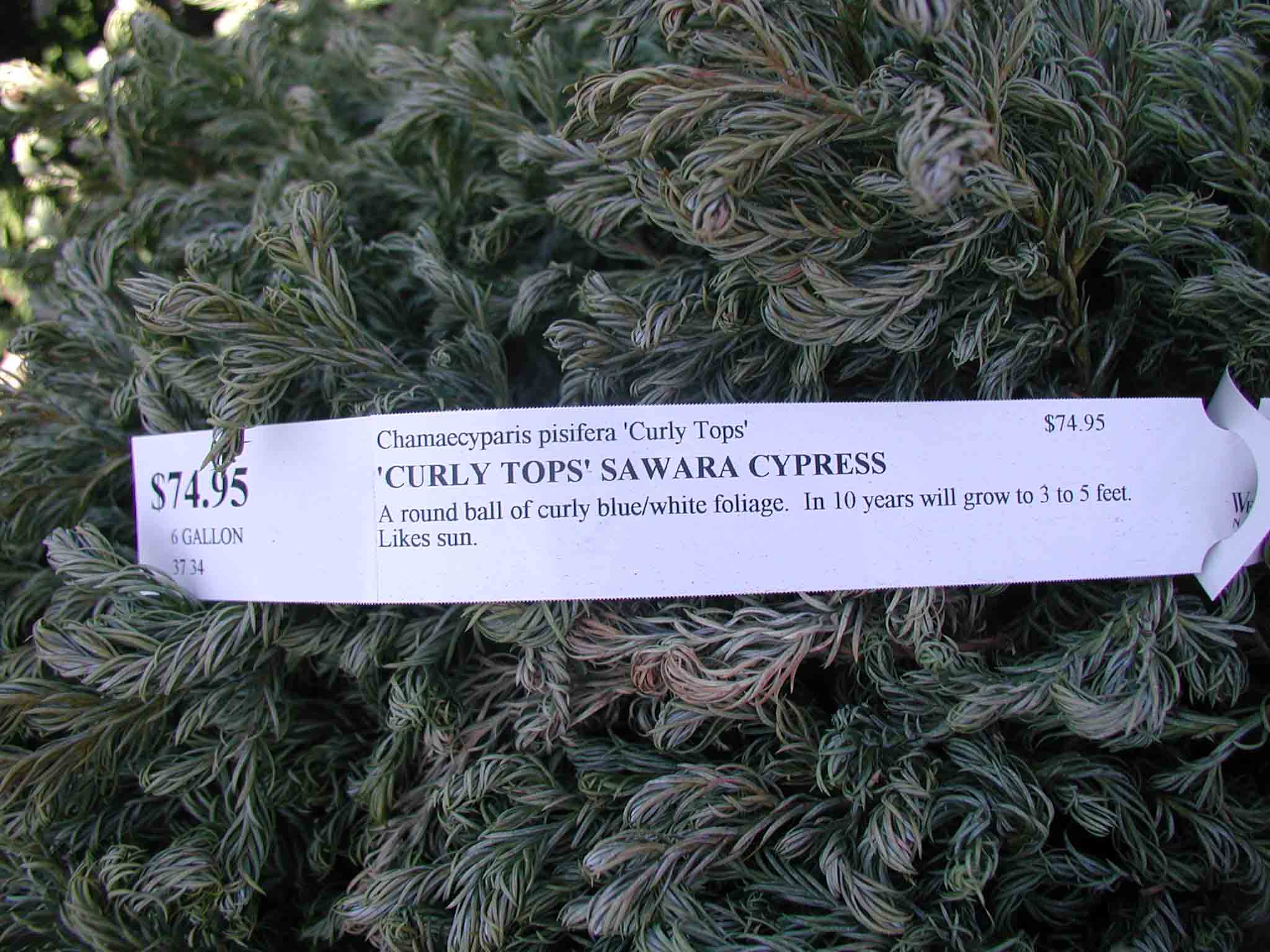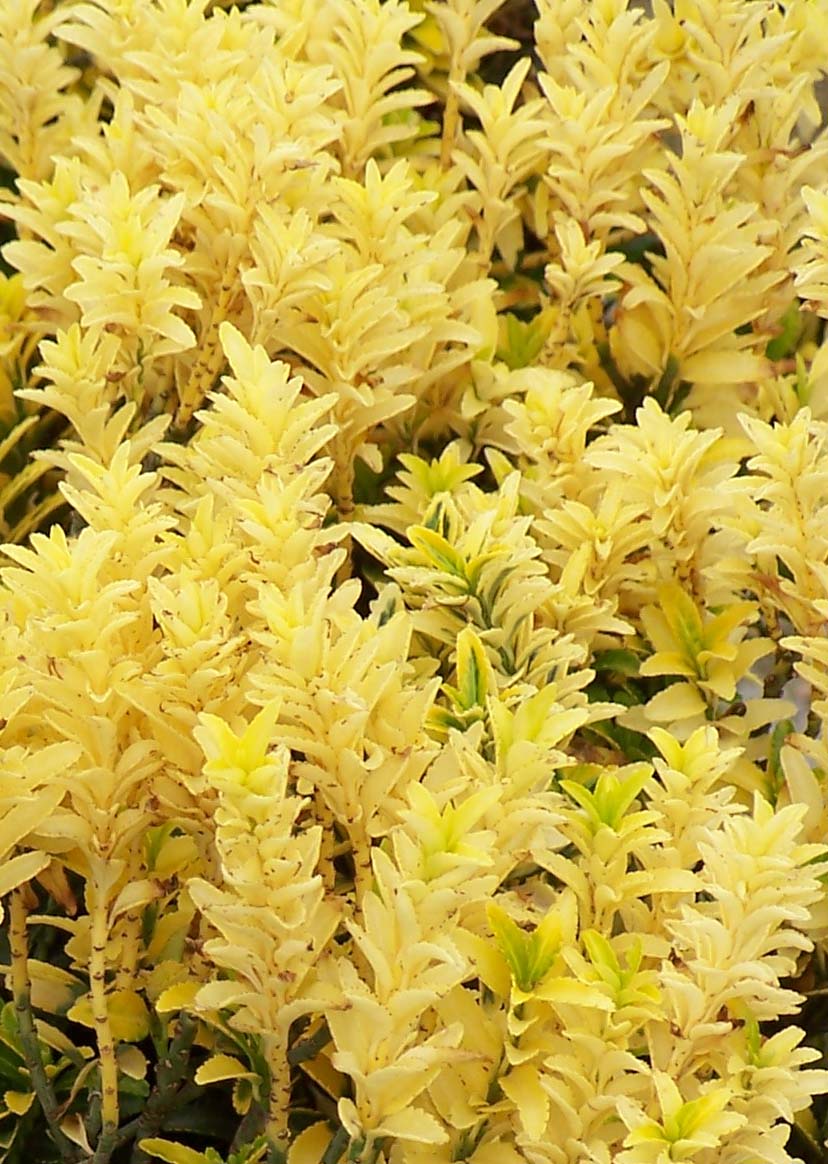
Twas the blog before Christmas… My last chance to post about Christmas trees for another year. I’m always surprised when I troll around the web or do interviews how many myths about Christmas trees still abound. So in the spirit of the season, a little Christmas tree myth-busting.
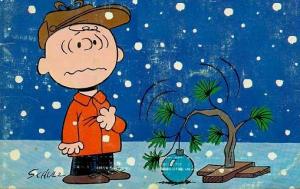
“Good grief. I’ve killed it.”
Using a real tree hurts the environment
Here’s a real post from the e-how.com website:
“Its so not fair to cut down all those baby trees, use them for a few weeks and then toss them by the curb for garbage removal. Everytime, i pass by a house and i see those poor trees just shoved out like that it breaks my heart. they belong in the forest or backyard where they were meant to be, growing old and improving the air and atmosphere. i used to like real Christmas trees but not anymore.”
Yes, Virginia, there are still people out there that think Christmas trees are cut from forests. The U.S Forest Service and some state forestry departments do offer permits to cut Christmas trees but this is a tiny fraction of the trees used in the U.S. Virtually all Christmas trees sold at tree lots and stores are grown on Christmas tree farms for that purpose. For each tree cut, growers plant two or three more. Moreover, many communities have programs for re-cycling Christmas trees into mulch or compost.
Christmas trees are a fire hazard.
The key here is water. Fresh Christmas trees that are properly watered are not a fire hazard. Trees that are allowed to dry can be a fire hazard. These are the ones your local TV station uses for their annual dramatic Christmas tree fire video.
Fire retardant sprays make Christmas trees safer.
Research by Dr. Gary Chastagner, a colleague of Linda’s at WSU-Puyallup, has shown that some fire retardants can actually increase tree moisture loss. Maintaining tree moisture is the key to making trees safer and improving needle retention. Making sure the tree stand never dries out is much more important than a fire retardant spray.
Injecting water directly into the stem is the best way to maintain tree moisture content.
This is a case where a little knowledge can be a dangerous thing. Since water moves up the tree through the xylem elements in the stem, wouldn’t injecting water right into the stem be the best way to water? That’s the logic behind the Tree I.V. As the name implies, this device is like an I.V. drip for your tree. Drill some holes in the trunk, attach some tubes to a jug a water, and voilà, a self-watering tree! We can thank Gary Chastagner again for busting this myth. He and some colleagues found that displaying a tree in a regular tree-stand with water maintained higher tree moisture levels that the I.V. technique.
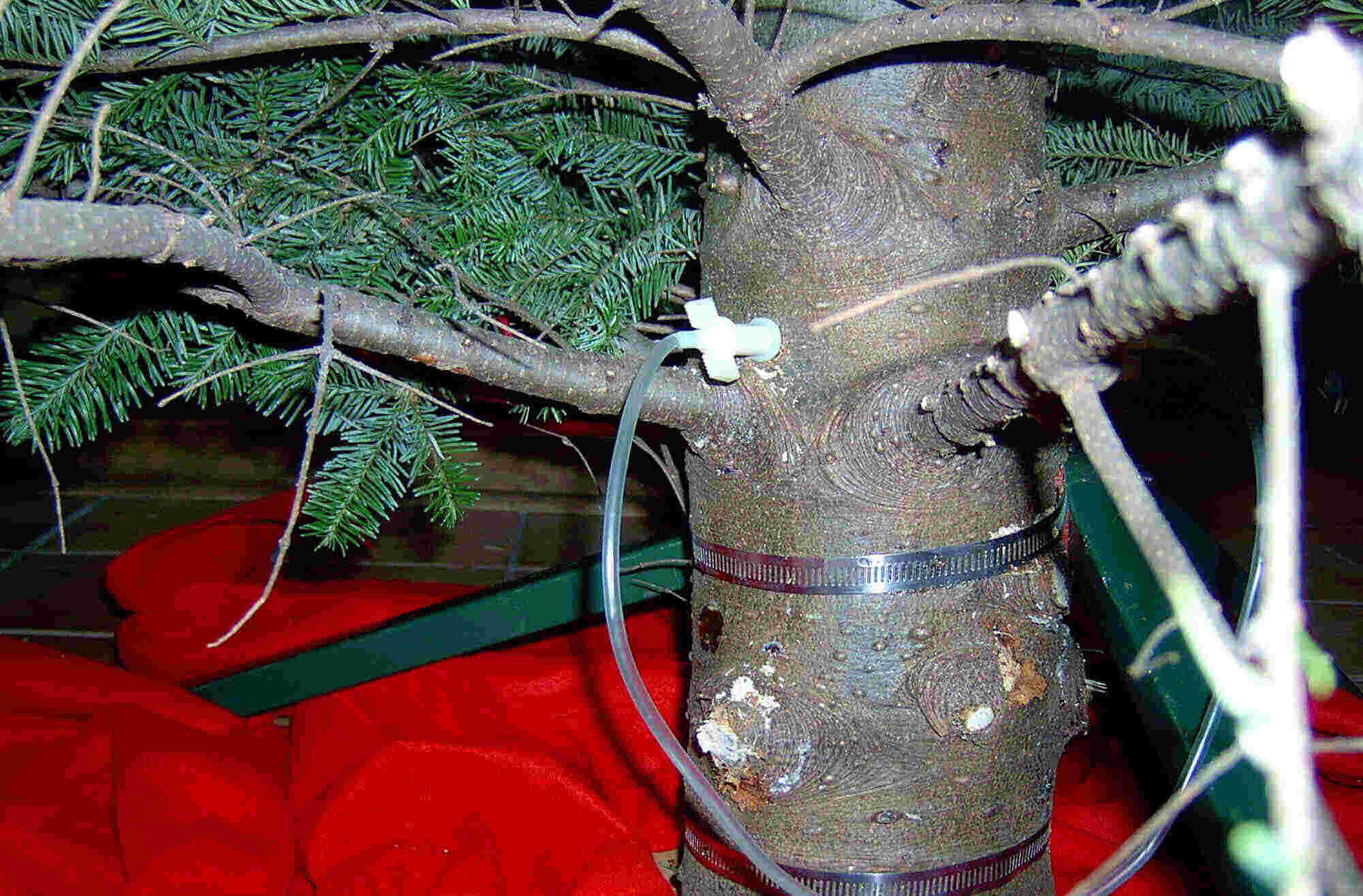
So, if arborists can use trunk injection to apply pesticides and fertilizers to trees, why wouldn’t the Tree I.V. work? Actually, the tree I.V. does work in the sense that the tree will take up water from the jug. The problem is that the tree may not take up enough to meet its total water need. In a normal stand, the entire stem cross section is exposed to water. With the tree I.V. only a portion of the stem will be translocating water. Plus, conifers contain resin ducts which clog injection ports. This is one of the reasons why arborist’s trunk injections don’t work as well as on conifers as they do on most hardwoods.
Bottom-line, keeping your Christmas tree hydrated is the key to retaining needles and keeping the tree safe. A good rule of thumb is that a stand should hold a quart of water for each inch of tree caliper at the base. For most trees this means a stand that will hold at least a gallon of water. Check water in the stand daily and never let the tree go dry.
Have a very merry Christmas!


